Maples
saturn1956
10 years ago
Related Stories

TREES11 Japanese Maples for Breathtaking Color and Form
With such a wide range to choose from, there’s a beautiful Japanese maple to suit almost any setting
Full Story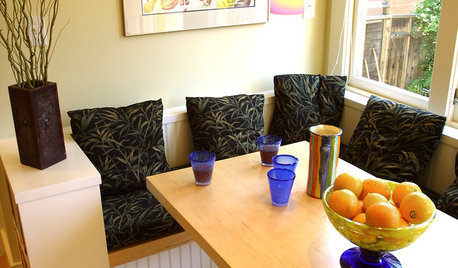
MATERIALSWoodipedia: Maple Is a Marvel Around the House
A heavy hardwood with lots of potential, maple appeals to modern sensibilities and won't break your budget
Full Story
GARDENING GUIDES12 Japanese Maples for a Sunny Garden
The right maple in the right place shines in hot summer sun
Full Story
GARDENING GUIDES13 Japanese Maples for Shade
A surprising variety of these understory trees is waiting to make a statement in your shade garden
Full Story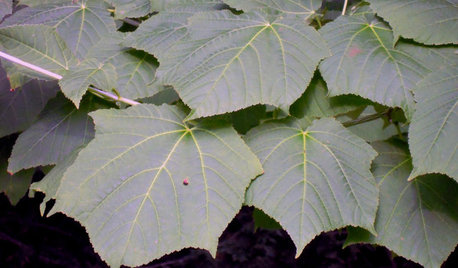
GARDENING GUIDES5 Amazing Small Maple Trees
There's more to maples than syrup. Expand your maple milieu with any of these 5 small and unusual trees
Full Story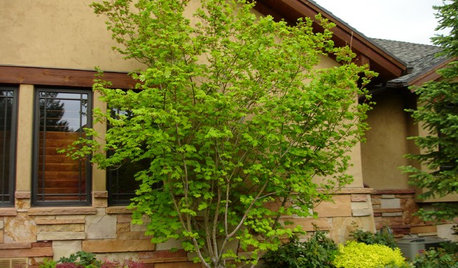
LANDSCAPE DESIGNGreat Design Plant: Vine Maple
Exciting year-round color and adaptability make this highly ornamental native small tree a top choice for home gardens
Full Story
TREESGreat Design Plant: Coral Bark Japanese Maple, a Winter Standout
Go for garden gusto during the chilly season with the fiery red stems of this unusual Japanese maple
Full Story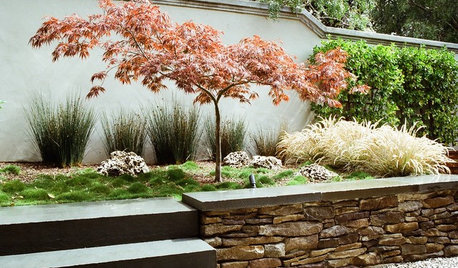
GARDENING AND LANDSCAPINGGreat Design Tree: Japanese Maple
Lacy form and fiery fall color make Japanese maple a welcome tree for garden or patio
Full Story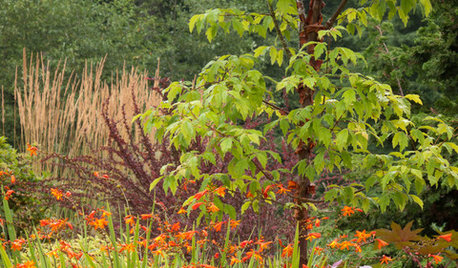
GARDENING GUIDESGreat Design Plant: Paperbark Maple
With fall foliage like a sunset and bark the color of cinnamon, this tree is a highlight of the landscape
Full Story
REMODELING GUIDESYour Floor: An Introduction to Solid-Plank Wood Floors
Get the Pros and Cons of Oak, Ash, Pine, Maple and Solid Bamboo
Full StoryMore Discussions









Toronado3800 Zone 6 St Louis
lou_spicewood_tx
Related Professionals
Tempe Landscape Architects & Landscape Designers · Fitchburg Landscape Architects & Landscape Designers · Glassmanor Landscape Architects & Landscape Designers · Severn Landscape Architects & Landscape Designers · Framingham Landscape Contractors · Galt Landscape Contractors · Glendale Heights Landscape Contractors · Harrisburg Landscape Contractors · Hayward Landscape Contractors · University City Landscape Contractors · Dumont Siding & Exteriors · Oregon City Siding & Exteriors · Boynton Beach Decks, Patios & Outdoor Enclosures · Fort Worth Decks, Patios & Outdoor Enclosures · South Houston Decks, Patios & Outdoor Enclosuresgardengal48 (PNW Z8/9)
soitgoes
mulchmama
akamainegrower
ken_adrian Adrian MI cold Z5
lou_spicewood_tx
hairmetal4ever
arktrees
soitgoes
gardengal48 (PNW Z8/9)
arktrees
krnuttle
soitgoes